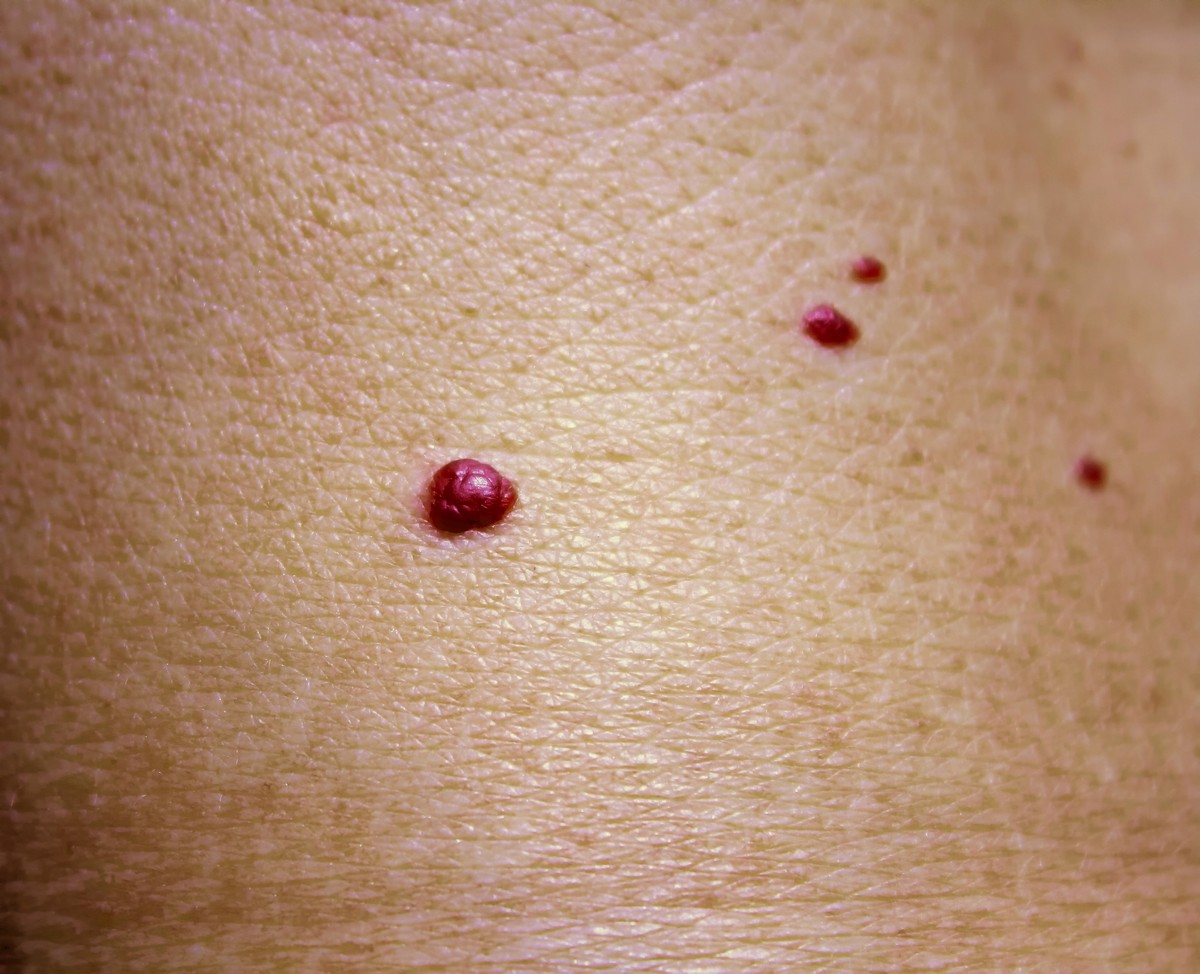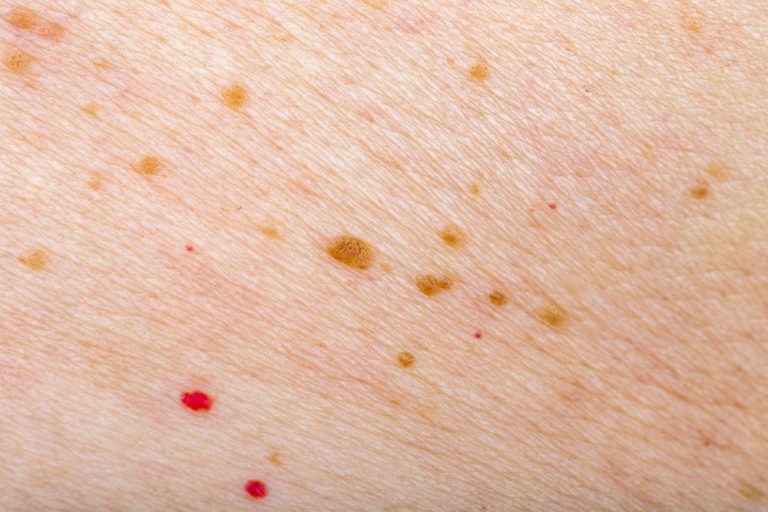

Many of the causes of petechiae can result in a petechial rash on the front or side of the legs or ankles.
#New pinpoint red dots on skin skin
Tiny purple spots on the skin are often connected with small blood vessels and capillaries and often appear on the lower legs, feet, and ankles. Pinpoint reddish spots on your legs if you have low blood platelet count.Pain when swallowing and evidence of petechiae in your mouth or throat (oral petechiae).Rapid heart rate and difficulty breathing in cases of sepsis.Bouts of coughing or vomiting due to a viral or upper respiratory infection.Fever with a rash that doesn’t turn white when pressed (potentially serious in children).Knowing the accompanying symptoms with a petechial rash can help doctors diagnose the source of bleeding under the skin.Īlong with clusters of tiny red dots on your skin, you may also have any of the following: 3ĭepending on the cause of petechiae spots under your skin, you may have other symptoms. Larger red or purples spots in the layers of the skin can be called purpura or bruising. The spots are purpuric if they are over 2 or 3 mm in size, whereas smaller petechiae spots are 1-2 mm in diameter.

The journal BMJ reports that a purpuric rash comprises of red or brown spots caused by bleeding into the skin. The difference between the two is the size of the spots under the skin. Purpura or purpuric rashes are also caused by bleeding in the intradermal layers of the skin. The causes of a petechial rash and purpura are usually the same. There is a slight difference between a purpuric rash and a petechial rash. Petechial rashes on children usually require examination by a doctor to diagnose the cause of the bleeding under the skin. Petechial rashes are described as non-blanching because they don’t change color when pressed. These tiny red or purple spots generally form in groups and look like a red rash. The publication StatPearls says that petechiae spots measure no larger than 2 or 3 mm across.


 0 kommentar(er)
0 kommentar(er)
